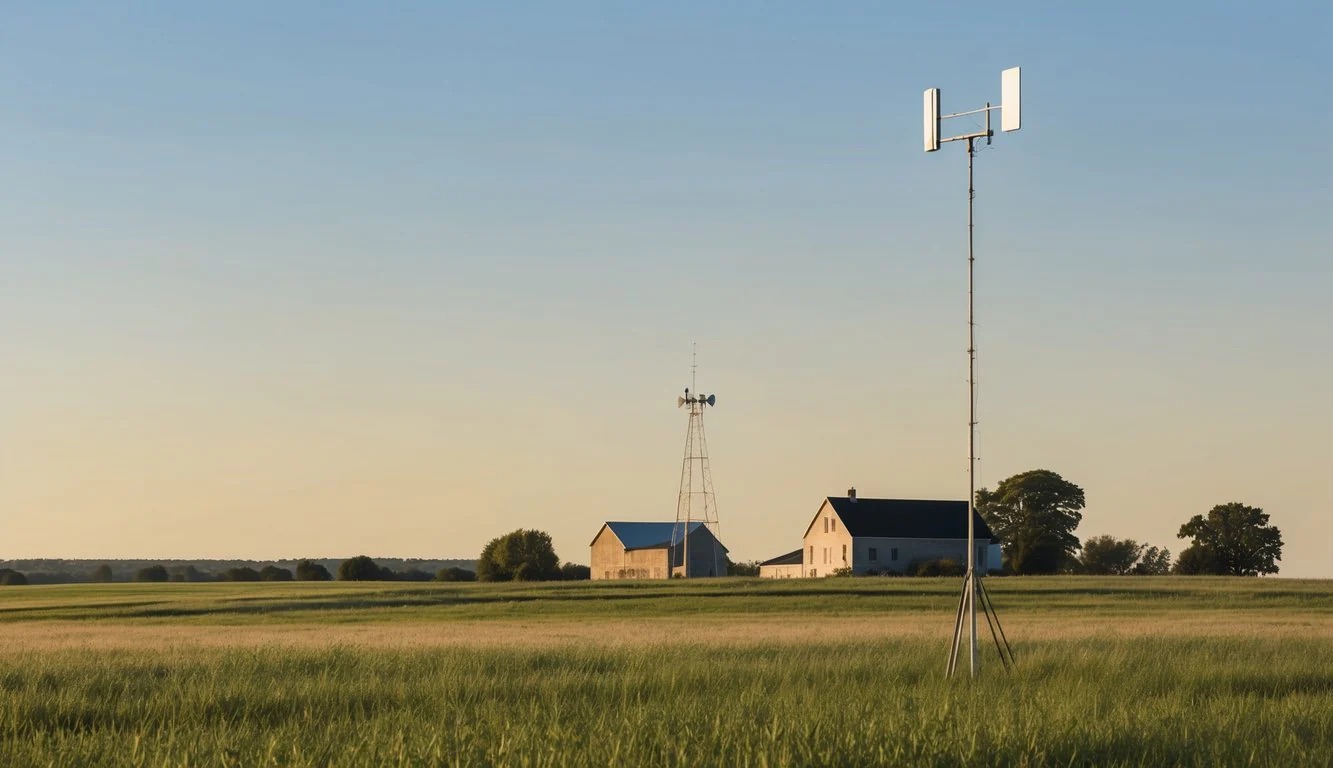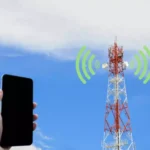
Living in rural Texas offers a serene escape with wide-open spaces, but it also comes with a frustrating drawback: poor cell service. If you’re tired of dropped calls and slow data speeds, a cell phone signal booster might be the solution but how do you choose the right outdoor antenna to make sure you receive the best signal?
Understanding Your Needs
Cell service in rural Texas is often spotty due to the vast distances between cell towers, varied terrain, and unpredictable weather. To pick the best booster, consider these key factors:
- Carrier: Are you with Verizon, AT&T, or T-Mobile? Different carriers have different coverage areas, so choosing a compatible booster is crucial.
- Signal strength: Even weak signals can be boosted. Check your current signal to determine how much improvement you need.
- Coverage area: Consider the size of your property. Larger homes or rural estates require more powerful equipment and more antennas
Choosing the Right Antenna
The antenna is the heart of your booster system but there are different types for different applications and needs. Here are the main types:
-
Yagi Directional Antennas
These are perfect for rural Texas, where towers are often far away. Yagi antennas focus reception in one direction and offer a 10-14 dBi gain, allowing them to pick up signals from up to 10 miles away in ideal conditions. One drawback is that if a tower goes down or moves you, may need to redirect it to a better one.
-
LPDA (Log Periodic Directional Antennas)
These antennas are very similar to Yagi models, and are often synonymous but they usually are much more powerful because of their extended length and narrower beam focus. They can reach up to 150 to 20 miles away but are much harder to tune They typically offer 12-14 dBi gain.
-
Omnidirectional Antennas
These antennas capture signals from all directions, making them ideal if multiple towers are in the area. While less powerful, they can talk to multiple towers at once and if one goes down, it can redirect signal to another and work well within 3-5 miles of a tower.
Installation Tips for Rural Texas
- Height matters: Mount your antenna as high as possible to avoid interference from trees, hills, or buildings.
- Protect your gear: Texas weather can be harsh. Ensure your equipment is grounded for lightning protection and secured for wind.
- Find the sweet spot: Use a signal meter or your phone’s field test mode to identify the best spot for your antenna before installing.
Final Thoughts
For most rural properties in Texas, a high-gain Yagi or LPDA antenna will usually be your best bet. Its the best option to amplify weak signals over long distances and provide reliable coverage. If you’re in a more remote area, consider adding a mounting pole to elevate your antenna above obstacles, height is your friend.
With the right booster and antenna setup, you can transform your rural property from a connectivity dead zone into a place where calls are clear and data flows smoothly—without sacrificing the peaceful, quiet charm of country living.




